Decision Making Skills Teaching Resources
Created by Australian teachers, this collection of SEL teaching resources has been created with teachers — and your students — in mind. The goal? To save you time on your lesson plans while also helping you help your students to improve their decision making skills in a safe and supportive classroom environment!
Looking for some tips on teaching kids to make good decisions? Read on for a primer from our teacher team.
What Is Decision Making? A Kid-Friendly Definition
Do you need a kid-friendly definition to help explain what these skills are to your students? Try this one from our teacher team:
Decision making is a process of thinking carefully about different options, imagining what might happen next and then picking the best choice based on what you know and feel.
In order to do this, we use special skills or abilities that help us to make smart choices and think about what might happen next.
Decision Making Skill Examples
Presenting your students with examples of the different skills they may have without even knowing it and those they can develop is a great way to teach this key part of kids' social emotional learning.
For example, you might tell your year 2 students that decision making skills can help us with all sorts of things like deciding which slide to use in the playground to what shoes to wear to school.
Here's a list of example skills we use for making decisions just about every day:
- Considering the Consequences of Our Actions — Thinking about what might happen due to different choices and deciding which outcome is desirable can help us make smart choices.
- Resisting Peer Pressure — Your students have undoubtedly heard about the importance of making independent decisions even when friends or others try to influence you. If not, it's time to talk about it!
- Planning Ahead — When we look ahead and make plans for things down the road, we are using our skills to evaluate what we will need to do and act accordingly.
- Prioritisation — Related to the skill of planning ahead is the process of determining what tasks or activities are most important and should be done first.
- Evaluating Risks — Whether we're deciding whether or not it's safe to cross a street or swing up high on a swingset, assessing the potential dangers or benefits of a choice before making a decision is an important life skill.
The Steps in the Decision Making Process
As you consider how to add this particular skill to your lesson plans, how about looking at the steps in the decision making process? After all, by the early years (kindergarten to year 1 or year 2), many kids understand the concept of making choices and are starting to identify different options, as well as making simple decisions in their daily routines, such as choosing activities or snacks.
But they may not know where to go next or how to move beyond the first step of the larger decision making process.
Here's a simple step-by-step guide that may help.
Step 1 — Identifying the Problem
The process of decision what to do begins by recognising that there's a problem or a situation that needs to be addressed. This could be in the form of a challenge, a goal you want to achieve, a choice you need to make or a decision to be taken. It's important to clearly understand what needs to be resolved or what the desired outcome is.
Questions to Ask Yourself
- What is the specific issue or challenge?
- What are the goals or objectives I want to achieve?
- What decision or action is required in this situation?
Step 2 — Gathering Information
In the second step, you begin collecting all the necessary information to make a good decision. This step is a bit like collecting puzzle pieces so you can put them together. You might research the problem in a book or on the Internet or ask a trusted adult or friend for more information.
Questions to Ask Yourself
- What do I already know about this problem?
- What other information do I need?
Step 3 — Exploring Your Options
Once you have enough information, it's time to come up with the different choices or options you could choose. For example, if your friend is visiting, and you want to plan a fun night, you may consider the different games you could play, movies you could watch and foods you could eat, among other options.
Questions to Ask Yourself
- What different choices do I have?
- What are the possible ways to solve this problem?
Step 4 — Evaluating Your Choices
Next, it's time to look at each option and think about the good and bad things that could happen if you choose it. You'll need to consider the consequences of choosing any particular option — both negative and positive—and any additional considerations that may affect your decision.
For example, if we consider the upcoming friend visit, you may want to consider the weather forecast as an additional thing to consider. If it will rain, you may want to skip any options involving spending time out of doors!
Questions to Ask Yourself
- What are the good things that could happen if I choose each option?
- What are the bad things that could happen?
Step 5 — Making a Decision
Now it's time for the big moment — making your decisions! Based on what you've learned and thought about, you will choose the option that you think is the best one to solve your problem or achieve your goal.
Questions to Ask Yourself
- Based on what I know and the pros and cons, which option is the best?
- What feels right to me?
Step 6 — Taking Action
Once your decision is made, it's time to put it into action by doing what you chose.
Questions to Ask Yourself
- How can I put my decision into action?
- What steps do I need to take to implement my choice?
- Plus Plan
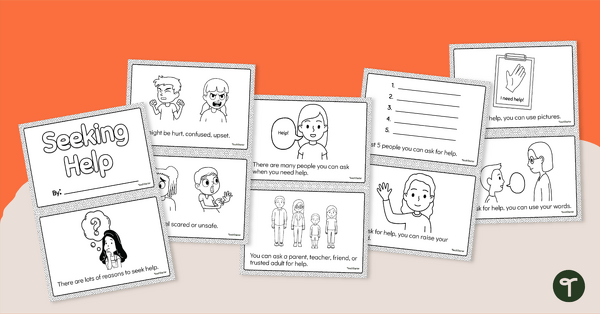
How to Seek Help Mini-Book
Learn all about why, how and when you might seek help with this printable mini-book.
- Plus Plan

Safe or Unsafe Scenario Task Cards
Discuss safe and unsafe situations with this set of scenario task cards.
- Plus Plan
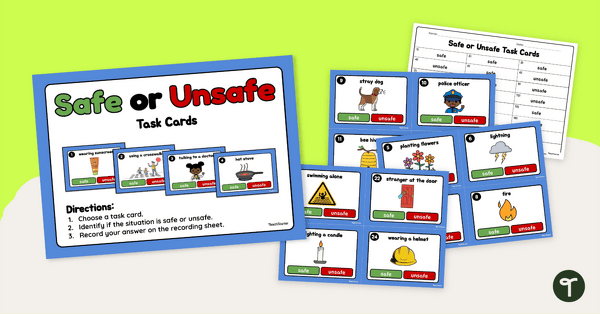
Is It Safe or Unsafe? Task Cards
Explore safe and unsafe situations with this set of task cards.
- Plus Plan
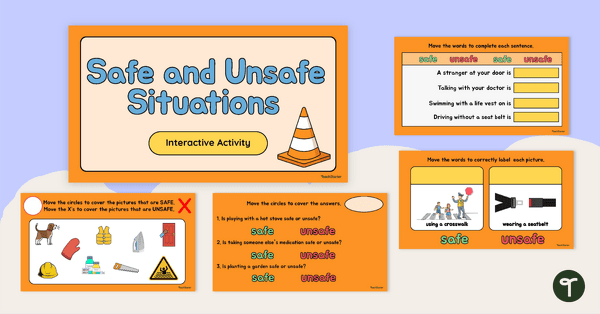
Safe and Unsafe Interactive Activity
Explore safe and unsafe situations with this interactive activity.
- Free Plan
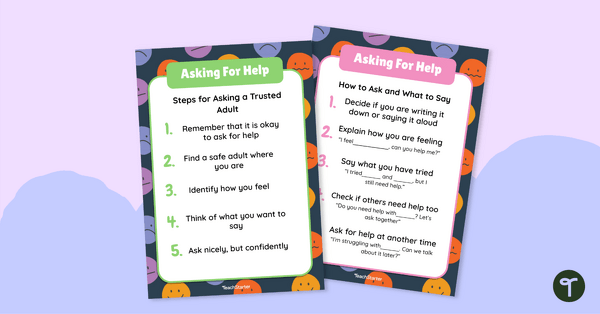
How to Ask for Help Poster Set
Learn how to ask for help with this poster set.
- Plus Plan

Asking for Help Sorting Activity
Explore whether a question is an 'ask now' question 'wait' question with this sorting activity.
- Plus Plan
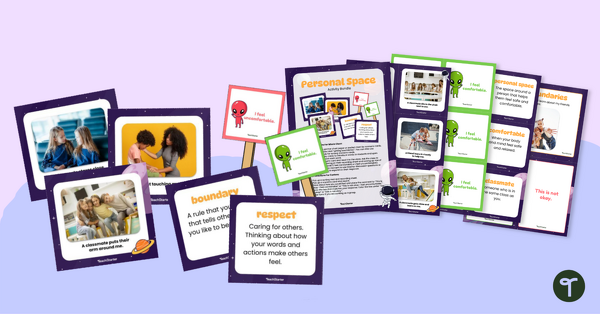
Personal Space and Setting Boundaries Activity Set
Learn about personal space and appropriate boundaries with this activity pack.
- Plus Plan
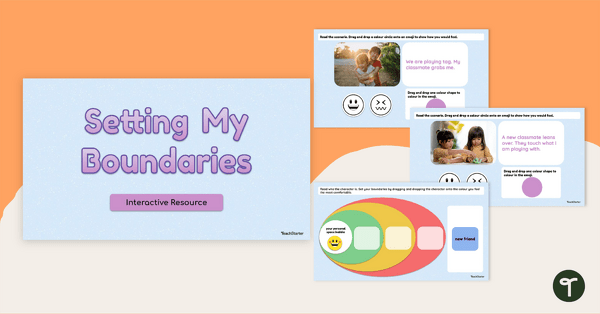
Setting Boundaries - Support Network Interactive Activity
Help students identify their support network of trusted adults with this interactive activity.
- Plus Plan
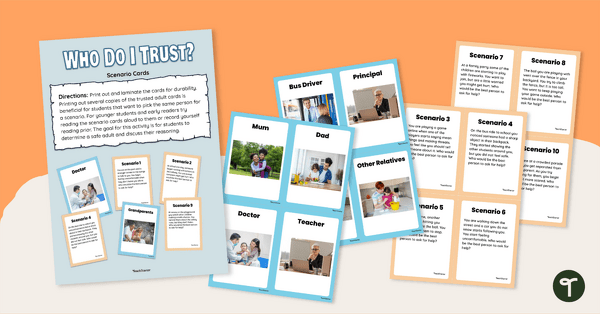
Trusted Adult Scenario Task Cards
Help students understand who is in their trusted adult network and who to go to for help.
- Plus Plan
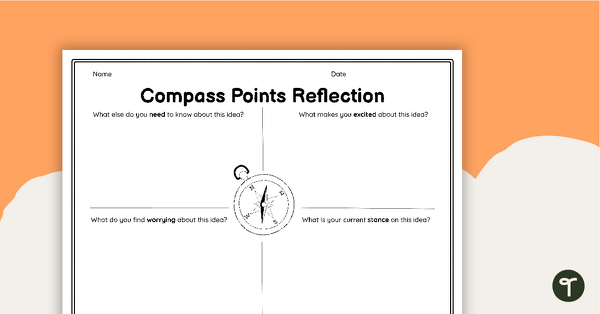
Reflection Activity - Compass Points
Use this template to assist students in recording their reflections and responses to information from fiction and non-fiction texts and media sources.
- Plus Plan
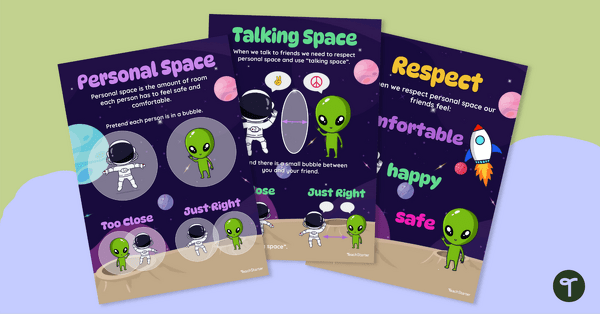
Personal Space Posters
Learn about personal space with these space-themed classroom posters.
- Plus Plan
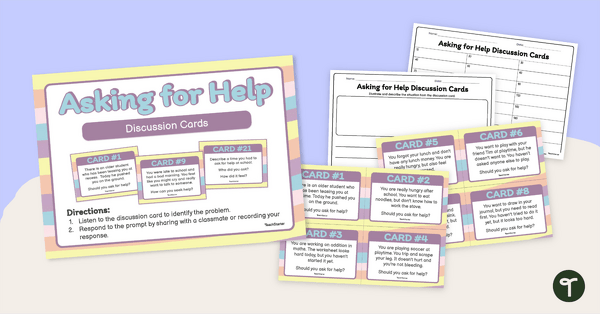
Asking for Help Discussion Cards
Discuss different situations and when students should ask for help.
- Plus Plan
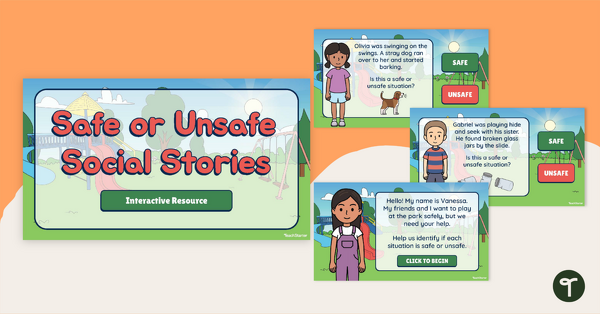
Safe or Unsafe Social Stories Interactive Activity
Discuss safe and unsafe scenarios with this interactive activity.
- Plus Plan
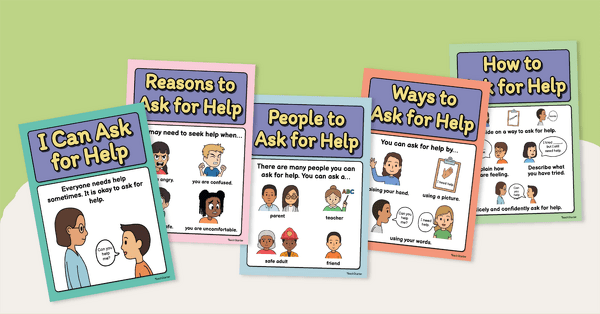
Asking for Help Poster Set
Learn who to go to and how to ask for help with this set of classroom posters.
- Plus Plan
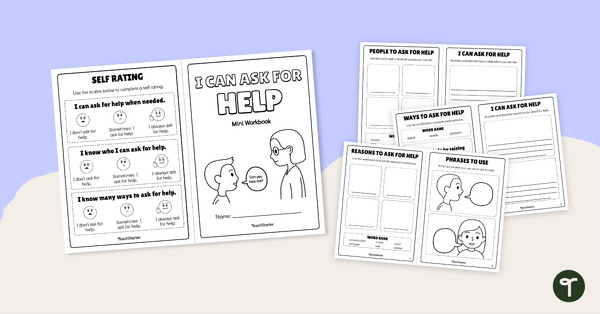
I Can Ask for Help - Mini Workbook
Help your students learn how and when to ask for help with this activity mini-book.
- Plus Plan
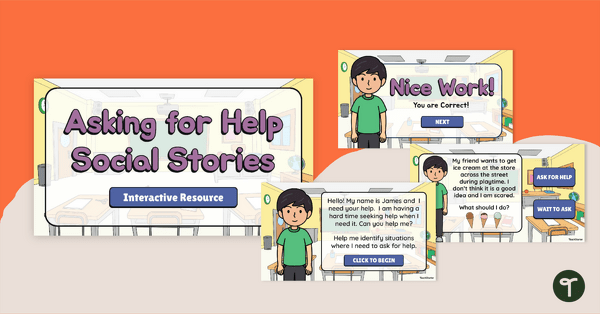
Asking for Help Social Story Interactive Activity
Identify whether a situation warrants asking for help straight away, or if it can wait with this interactive activity.
- Plus Plan
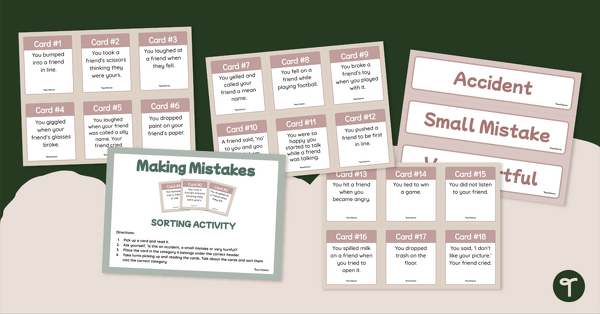
Making Mistakes – Sorting Activity
Help your students recognise different types of mistakes and discuss ways to learn from them with this SEL activity.
- Plus Plan
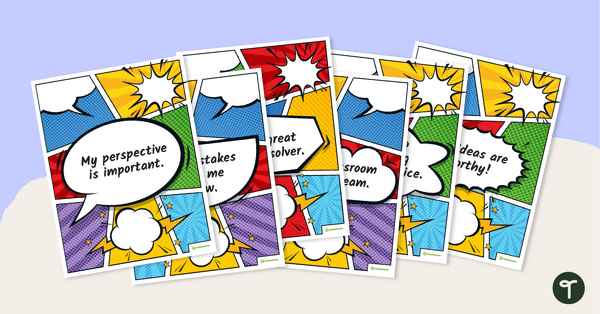
Positive Affirmations for Kids - Posters
Help your students overcome self-doubt with this set of posters containing positive affirmations for kids.
- Free Plan
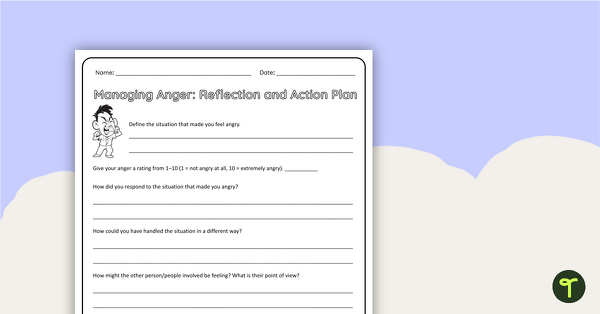
Managing Anger Worksheet (Upper Primary)
Help older students identify and manage angry feelings with this self-reflection and action plan worksheet.
- Free Plan
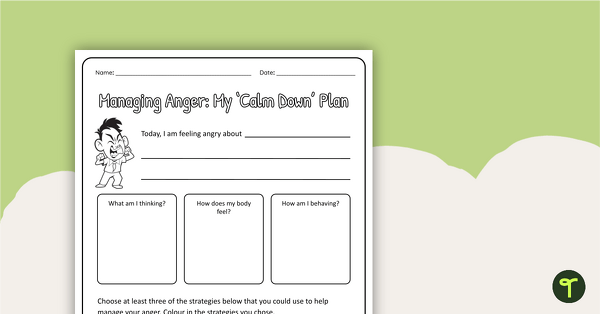
Managing Anger Worksheet (Lower Primary)
Help students identify and manage their anger with this self-relfection worksheet.
- Plus Plan
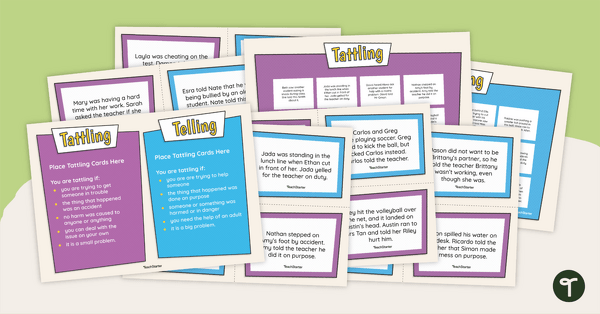
Tattling vs Telling Sorting Activity
Explore the differences between 'tattling' and 'telling' with this hands-on sorting activity.
- Plus Plan
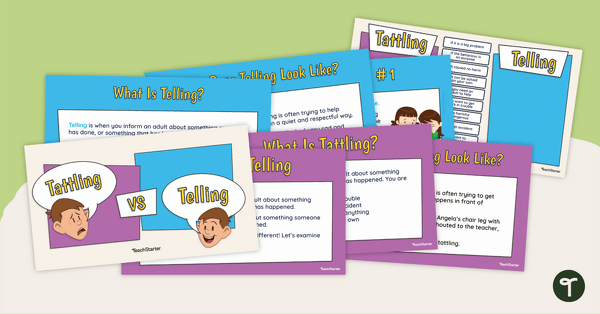
Tattling vs Telling Teaching Presentation
Teach your students the difference between ‘tattling’ and ‘telling’ with this comprehensive teaching presentation.
- Free Plan
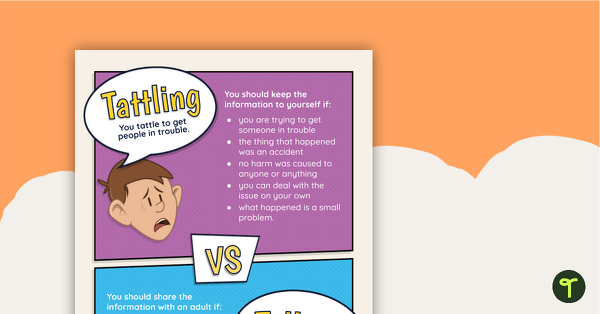
Tattling vs Telling Poster
Teach your students the difference between ‘tattling’ and ‘telling’ with this classroom display poster.
- Free Plan
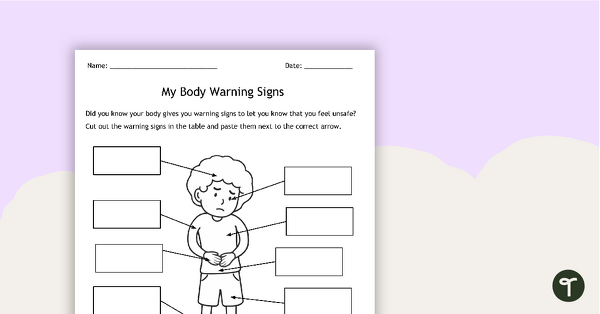
My Body Warning Signs - Worksheet
Help students identify the body signs that indicate they are feeling unsafe with this cut and paste worksheet.
- Free Plan

Managing Anxiety Worksheet (Upper Primary)
Help older students identify and manage anxious feelings with this self-reflection and action plan worksheet.
- Free Plan
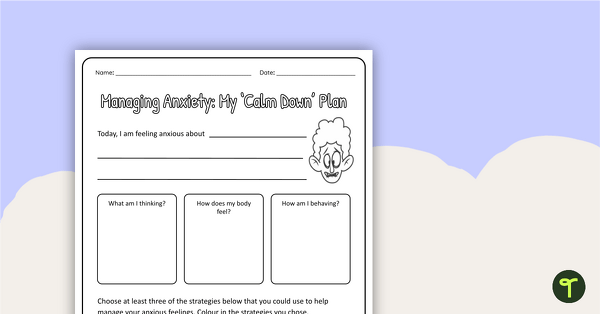
Managing Anxiety Worksheet (Lower Primary)
Help students identify and manage anxious feelings with this self-reflection worksheet.
- Plus Plan
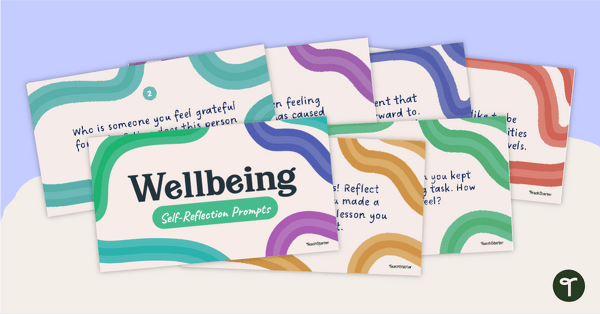
Wellbeing Self-Reflection Prompts PowerPoint
Make mental wellness check-ins a regular part of your day with our collection of 50 student self-reflection prompts.
- Plus Plan
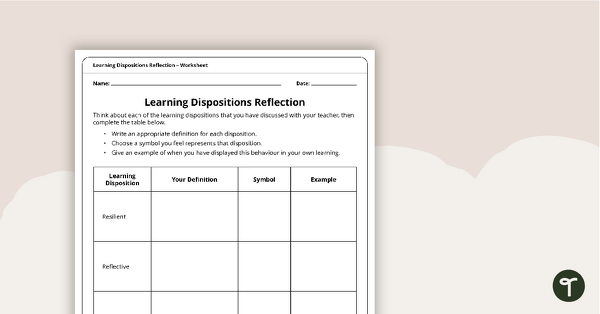
Learning Dispositions Reflection Worksheet (Upper Years)
A worksheet to allow students to reflect on their application of various learning dispositions.
- Plus Plan
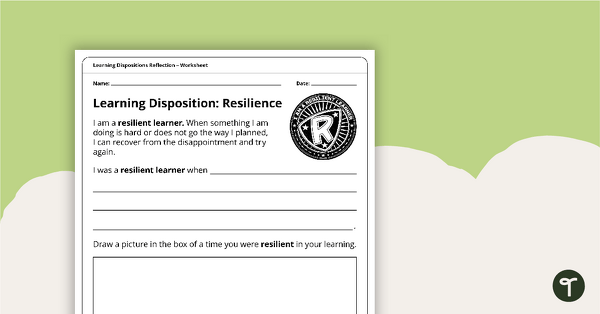
Learning Dispositions Reflection Worksheets (Lower Years)
A set of 10 worksheets to allow students to reflect on their application of various learning dispositions.
- Plus Plan
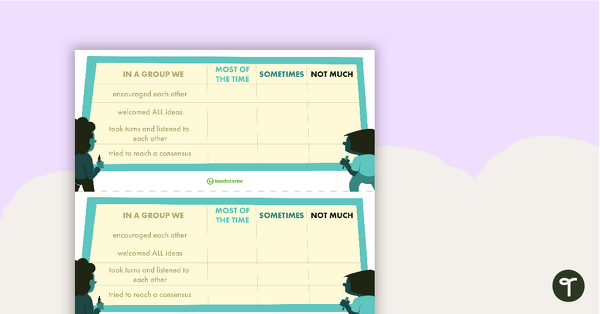
Teamwork Reflection Checklist
A checklist for students to use when evaluating how well they have worked in a group.
- Free Plan
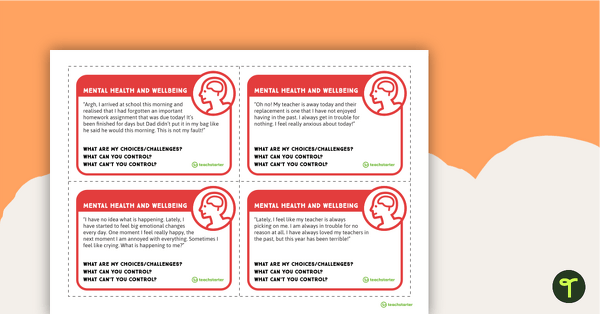
Social Strategies Task Cards
A teaching resource to help students strategise solutions to problems around mental health and social well being